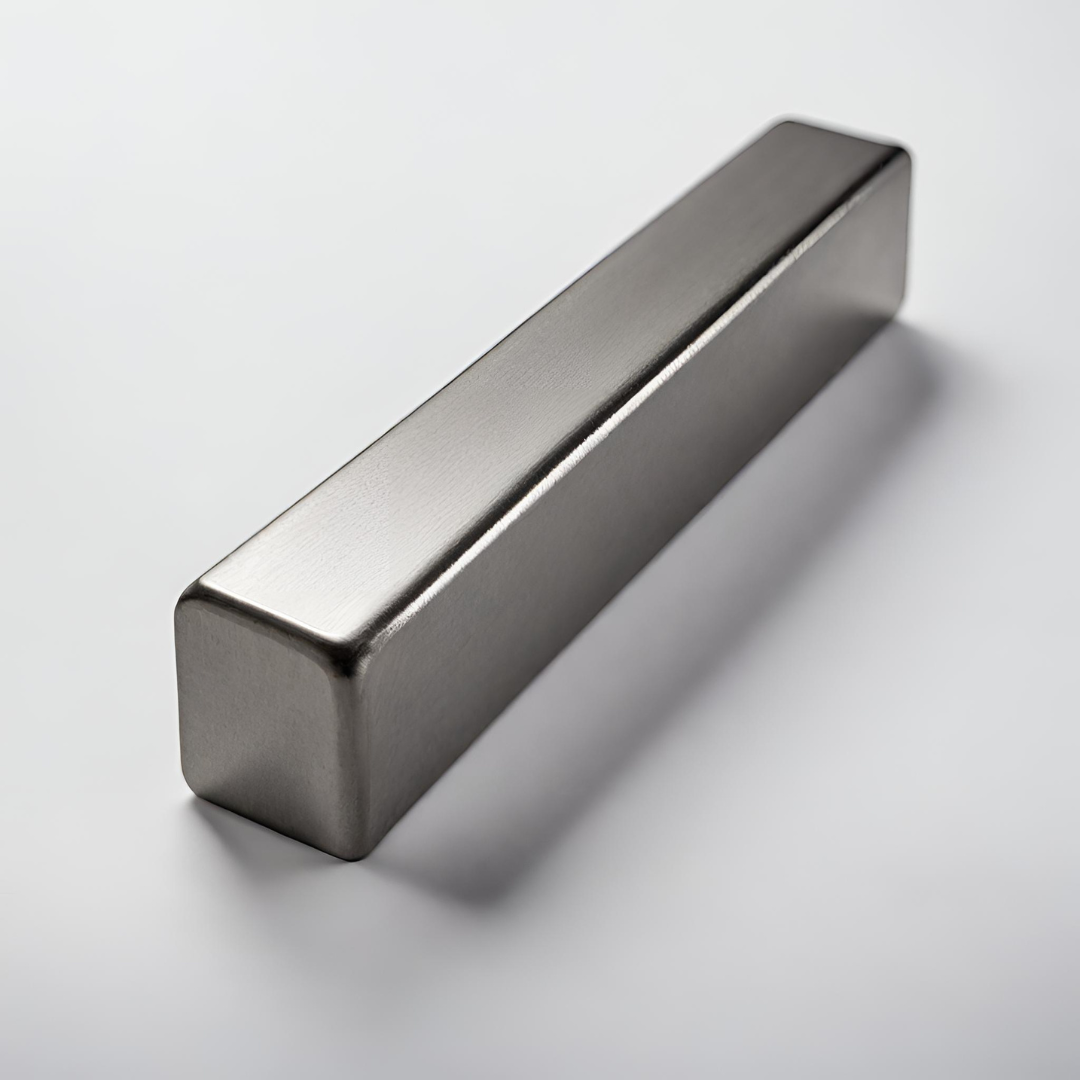In the realm of aerospace manufacturing, where precision and durability are paramount, even the smallest tool can make a significant difference. One such tool that plays a critical role in aircraft construction is the bucking bar, a dense, handheld tool used in riveting to counter the force of the rivet gun. While steel bucking bars have traditionally been the norm, there’s a compelling case to be made for transitioning to tungsten bucking bars. In this article, we’ll delve into the advantages of tungsten bucking bars over their steel counterparts.
Density and Weight: Tungsten possesses a remarkable density, significantly higher than that of steel. This density allows tungsten bucking bars to be more compact and yet provide the same or even greater mass compared to steel bars. As a result, tungsten bars offer superior inertia, making them more effective at absorbing the energy from the rivet gun and minimizing recoil. This enhanced mass distribution leads to smoother riveting operations and reduces operator fatigue.
Durability and Longevity: Tungsten is renowned for its exceptional hardness and resistance to wear and tear. Unlike steel, which may deform or chip over time, tungsten maintains its shape and integrity even under the most demanding working conditions. This durability translates into a longer lifespan for tungsten bucking bars, resulting in reduced replacement costs and downtime for maintenance.
Vibration Dampening: The high density of tungsten also contributes to its excellent vibration dampening properties. When used as a bucking bar, tungsten efficiently absorbs vibrations generated during riveting, resulting in less strain on the operator’s hands and arms. This reduction in vibration not only enhances comfort but also improves precision by minimizing the risk of slippage or misalignment during rivet installation.
Chemical Resistance: Tungsten exhibits exceptional resistance to corrosion and chemical degradation, making it well-suited for use in aerospace manufacturing environments where exposure to harsh chemicals or extreme conditions is common. Unlike steel, which may rust or corrode over time, tungsten bucking bars remain unaffected by moisture, oils, or solvents, ensuring consistent performance and reliability in any setting.
Precision Machining: Tungsten’s hardness and machinability make it ideal for precision machining, allowing for the creation of intricate designs and custom configurations tailored to specific riveting tasks. Manufacturers can produce tungsten bucking bars with precise dimensions and ergonomic features, further enhancing usability and effectiveness in various applications.
Safety: With its superior durability and vibration dampening properties, tungsten bucking bars contribute to a safer working environment for aerospace technicians. Reduced vibration and fatigue minimize the risk of repetitive strain injuries, while the reliability of tungsten tools ensures consistent performance, reducing the likelihood of accidents or errors during riveting operations.
In conclusion, while steel bucking bars have long been the standard in aerospace manufacturing, the advantages offered by tungsten bucking bars are undeniable. From enhanced density and durability to superior vibration dampening and chemical resistance, tungsten bars represent a significant advancement in riveting technology. By investing in tungsten bucking bars, aerospace manufacturers can improve productivity, precision, and safety, ultimately contributing to the overall quality and reliability of aircraft construction.

